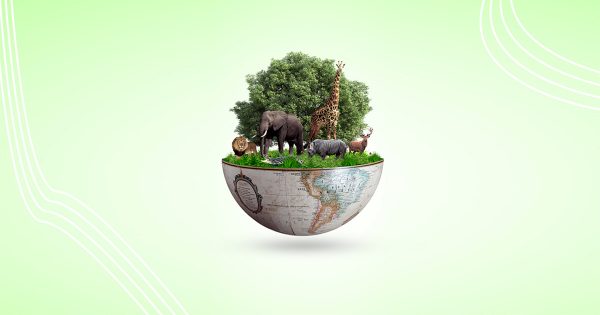Electrical and electronic equipment (EEE) has become a part of everyday life. However, the way in which we produce, consume, and dispose of e-waste is unsustainable. Because of the slow adoption of collection and recycling, externalities such as the consumption of resources, the emission of greenhouse gases, and the release of toxic substances during informal recycling procedures illustrate the problem to remain within sustainable limits. Consequently, many countries are challenged by the considerable environmental and human health risks of inadequately managed Waste Electrical and Electronic Equipment (WEEE), widely known as e-waste.
The consumption of EEE is strongly linked to widespread global economic development. On average, the total weight (excluding photovoltaic panels) of global EEE consumption increases annually by 2.5 million metric tons (Mt). After its use, EEE is disposed of, generating a waste stream that contains hazardous and valuable materials.
According to The Global E-Waste Monitor 2020*, in 2019, the world generated a striking 53.6 Mt of e-waste, an average of 7.3 kg per capita. The global generation of e-waste grew by 9.2 Mt since 2014 and is projected to grow to 74.7 Mt by 2030 – almost doubling in only 16 years. The growing amount of e-waste is mainly fueled by higher consumption rates of EEE, short life cycles, and few repair options.
E-waste contains several toxic additives or hazardous substances, such as mercury, brominated flame retardants (BFR), and chlorofluorocarbons (CFCs), or hydrochlorofluorocarbons (HCFCs). The increasing levels of e-waste, low collection rates, and non-environmentally sound disposal and treatment of this waste stream pose significant risks to the environment and to human health. A total of 50 t of mercury and 71 kt of BFR plastics are found in globally undocumented flows of e-waste annually, which is largely released into the environment and impacts the health of the exposed workers.
E-waste also contains several precious, critical, and other non-critical metals that, if recycled, can be used as secondary materials. The value of raw materials in the global e-waste generated in 2019 is equivalent to approximately US$57 billion. Iron, copper, and gold contribute mostly to this value.
With the current documented collection and recycling rate of 17.4%, the value of this raw material equates to around US$10 billion per year. The majority of this is not being recovered in an environmentally sound way.
The current practice of extracting gold from EEE is through the use of toxic chemicals such as cyanide and strong acids like aqua regia. This practice needs to be stopped as it is not only harmful to the environment but also to mankind. Companies doing the recycling of e-waste must extract gold and other precious metals safely, sustainably and ethically.
Clean Earth Technologies has a non-toxic gold recovery process to extract the precious metals cleanly and sustainably without the use of cyanide and strong acids. This process, in particular, features a novel and safe way to rapidly leach gold at high yield and then uses a patented sulphur polymer to recover the gold from the leach solution. By binding this polymer with the plastic waste materials there is the additional potential to create new and innovative products thus creating a circular economy in this industry.
____________________________
*https://www.itu.int/en/ITU-D/Environment/Documents/Toolbox/GEM_2020_def.pdf
The Global E-Waste Monitor 2020 is a collaborative product of the Global E-Waste Statistics Partnership (GESP) formed by the United Nations University (UNU), the International Telecommunication Union (ITU) and the International Solid Waste Association (ISWA) in close collaboration with the UN Environment Programme (UNEP).




